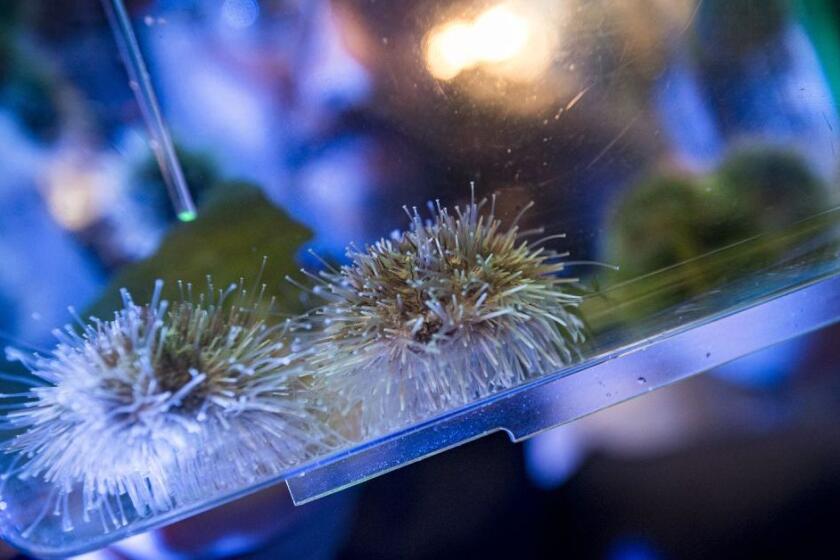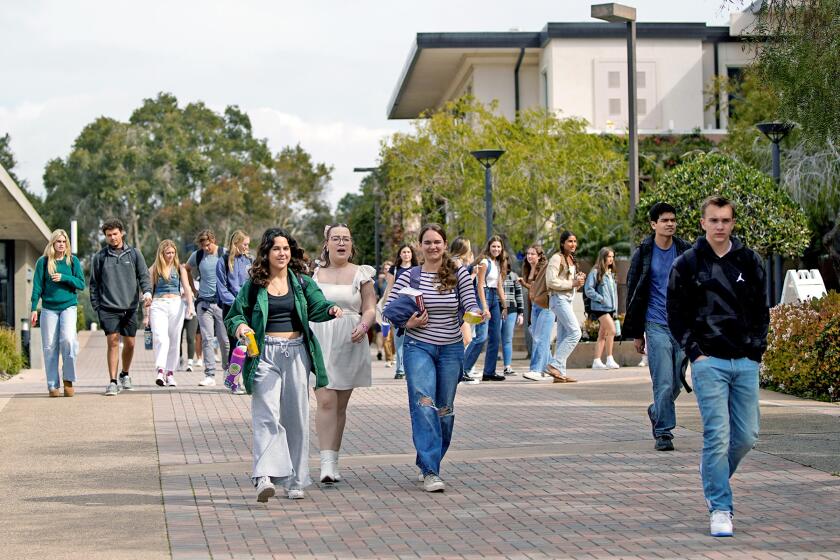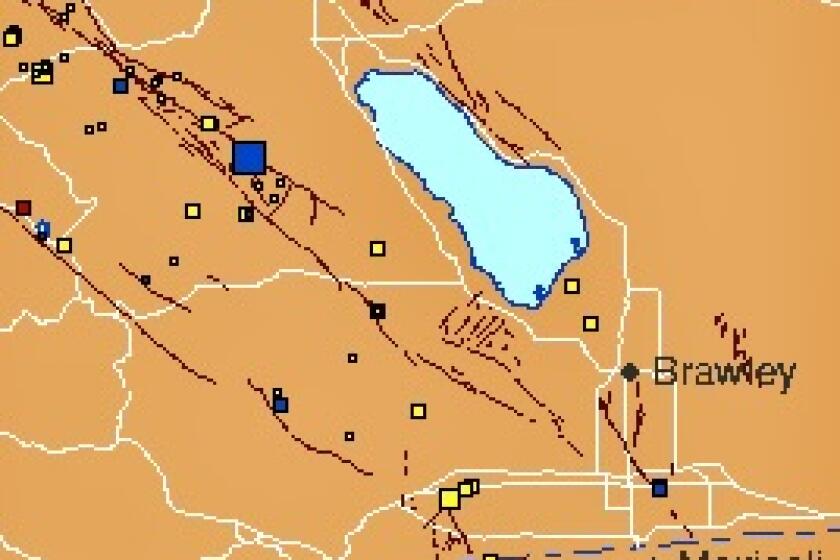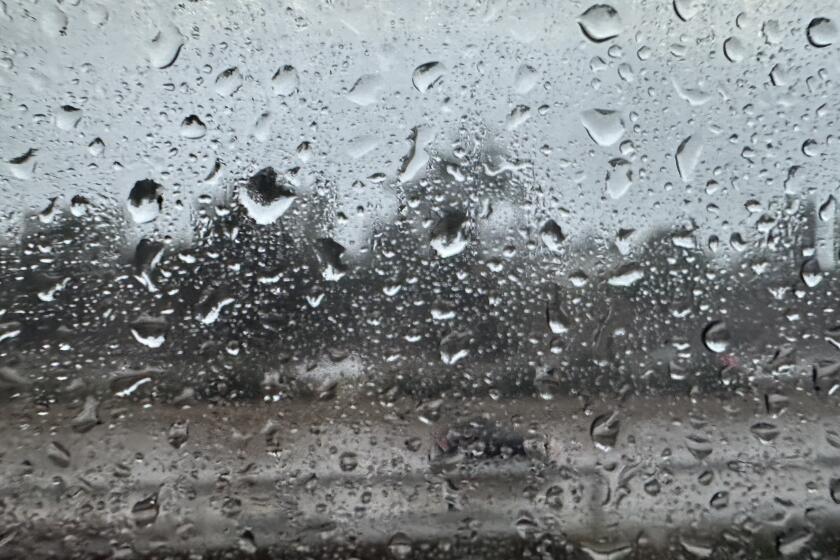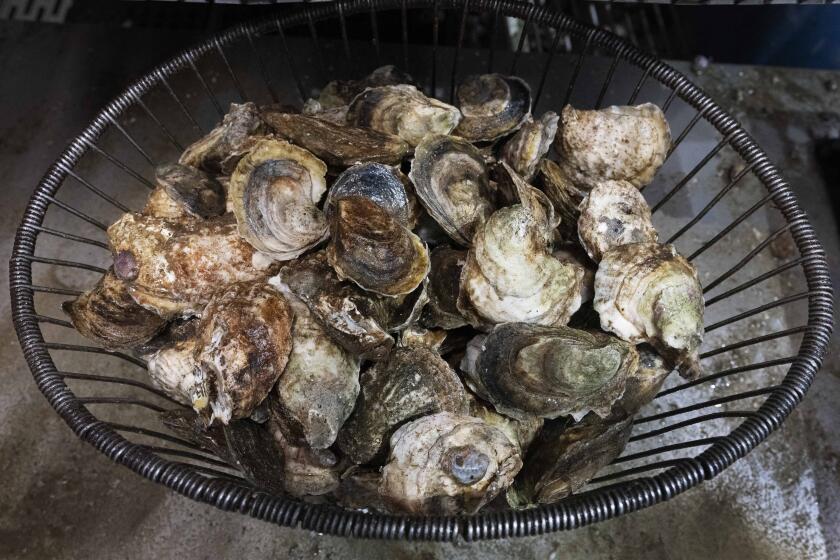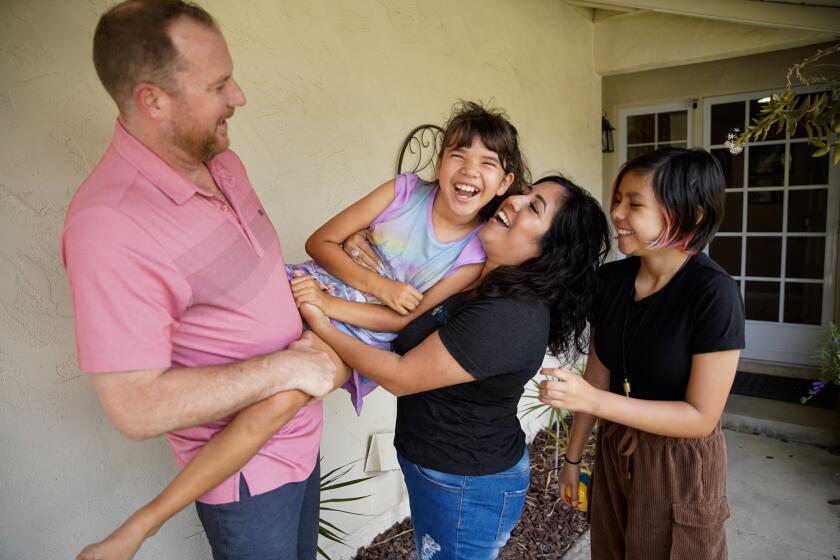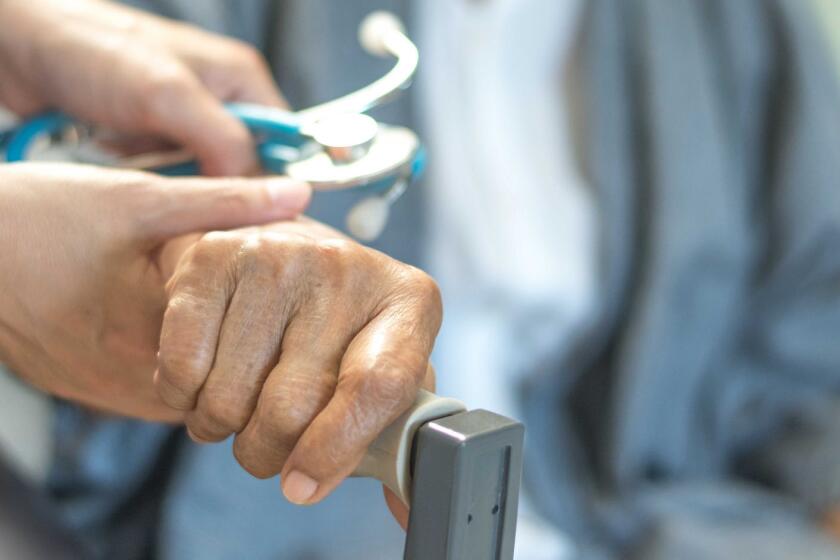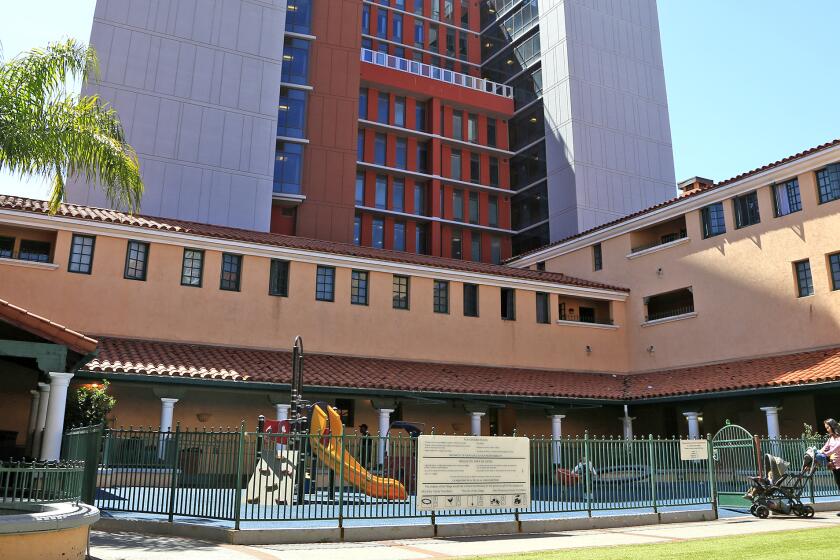UCSD will help county deliver 5,000 COVID-19 vaccinations per day at Petco Park
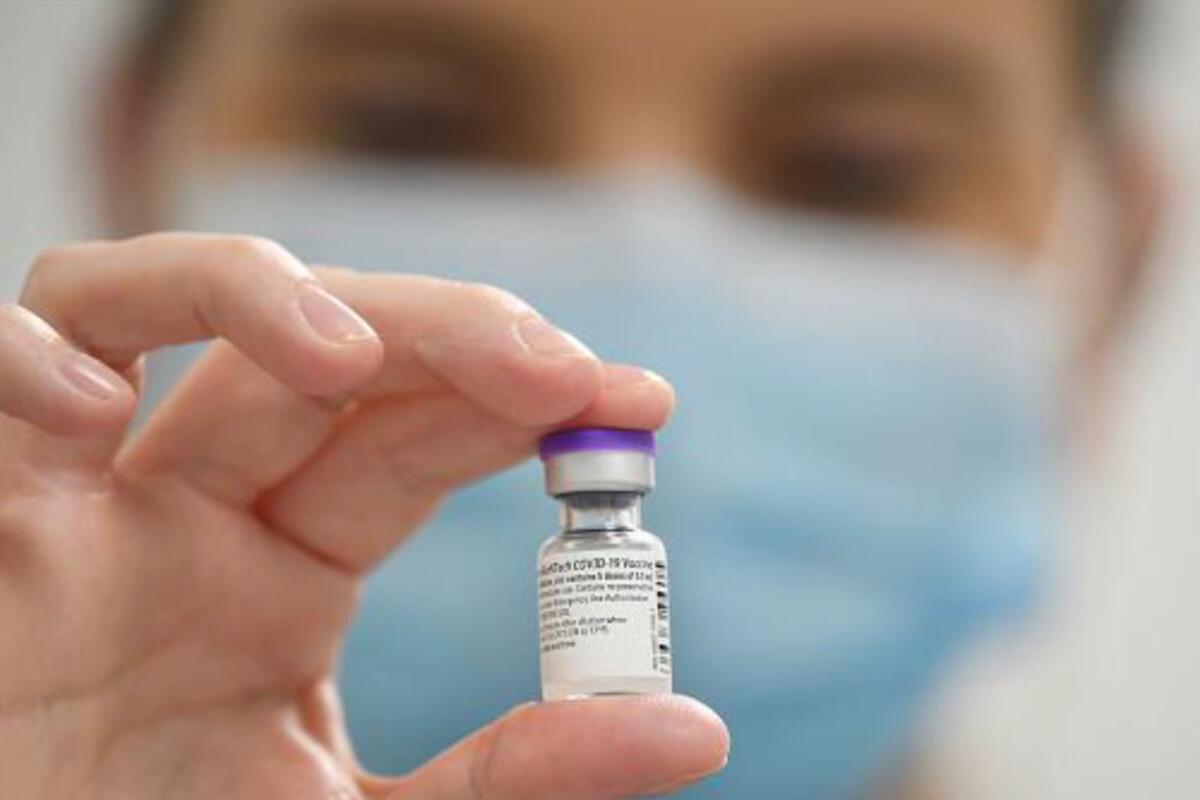
University calls for an “all hands” effort from its staff to help with the health care worker campaign
Driven by demands from medical professionals, San Diego County will partner with UC San Diego and the Padres to launch its biggest coronavirus vaccination effort to date starting Monday.
The aim, officials confirmed Friday, is to put at least 5,000 shots into the arms of medical workers daily, drawing down a supply of more than 100,000 doses received in the county by health department and hospitals. .
For the record:
10:17 a.m. Jan. 9, 2021A previous version of this story indicated that San Diego County itself had about 100,000 vaccine doses in storage. That figure, county officials clarified Saturday, is closer to the supply received by all organizations. The county’s remaining inventory is about 8,000.
A county spokesman clarified Saturday that the county has only about 8,000 doses remaining from its allocations so far of about 37,000. It was not immediately clear how the county will have enough supply to meet the goal of vaccinating 5,000 per day, though additional shipments are expected soon and it is possible that some could be added to the effort by organizations such as hospitals which receive their own shipments.
Dubbed a “Vaccination Super Station,” the operation will occupy the tailgate parking lot across the street from Petco Park. Rather than ask each recipient to walk into a vaccination clinic, the plan, officials said in a statement released Friday afternoon, is to work on a drive-through basis.
The approach echoes one used to distribute a newly-available vaccine against the novel H1N1 flu virus in 2010, an effort that included more than 3,000 doses delivered in just one day at Qualcomm Stadium in Mission Valley. That effort, though, had participants exit their vehicles and stand in long lines.
This time, though, the group eligible to be inoculated is much more narrowly defined than was the case back in 2010.
On Wednesday, the county announced that all those in the “1A” tier of its multi-level vaccination schedule will now be eligible for vaccination. That includes about 500,000 health care workers and employees and residents of long-term care facilities. But there is not yet enough vaccine on hand to meet the needs of the county’s 3.3 million population.
The county health department is asking all health care workers to request the vaccine from their health care provider first. For those who can’t get the vaccine from their doctor or employer, the county is now taking appointments online at www.vaccinationsuperstationsd.com.
All who make appointments will need to present proof that they are a qualifying health care worker when they arrive. After receiving the vaccine, they will have to remain in their vehicles for 15 minutes to be monitored for side effects before they will be allowed to exit the parking lot.
The county is partnering with UC San Diego to pull together enough volunteers to make the event possible.
An internal memo distributed to all university staff Thursday called for help.
“With this new partnership, we urgently need hundreds of UC San Diego Health team members to help out,” the memo said.
“This is an ‘all hands’ effort as the goal is to vaccinate over 5,000 community members a day. You have the power to help vaccinate our community! We will need licensed and non-licensed team members (faculty, staff, students, and trainees) to step forward to serve in multiple different roles with supervisor approval to ensure a safe vaccine process.”
“We are confident (that we’ll get the volunteers),” said UCSD Chancellor Pradeep Khosla. “The volunteers don’t necessarily have to be from the university. Retired nurses, health care workers, doctors — anybody and everybody is welcome.”
The San Diego County Medical Society was also working Friday to drum up volunteers, said Paul Hegyi, the society’s chief executive officer.
“I’m hoping over the course of a week that we can start putting a dent in the need,” Hegyi said.
While major health care systems in San Diego received direct vaccine shipments from suppliers, independent practitioners, as well as other allied health professionals, including those who deliver services in homes, have had to rely on the county for access to the vaccine with no clear framework for how access would be provided.
Hegyi said he has been receiving dozens of calls per day from frustrated local doctors demanding more information on how they should go about getting in line given that there appeared to be no line forming for those not employed by a major health care system.
The new super station, he said, is an important proof of concept moment that can help the local medical community begin to iron out the kinks of a process that will need to grow much, much larger over the coming months as the amount of vaccine available increases and the general population begins to line up for inoculation.
“This gives me hope that we can learn a system and grow from there,” Hegyi said. “We will have a lot more scaling up to do in the near future.”
The executive said the slow start of broad health care worker vaccination is not unique to San Diego County. Talking with medical society representatives from other parts of the state daily, he said, has shown that the state simply did not have a clear plan for how doses would be broadly administered beyond health systems.
“Initially, there were no lists. There was no organization to come in and say, ‘hey, you guys need to come in and do this in order to get in line,’” Hegyi said. “I don’t think the state thought this out very well.”
Get Essential San Diego, weekday mornings
Get top headlines from the Union-Tribune in your inbox weekday mornings, including top news, local, sports, business, entertainment and opinion.
You may occasionally receive promotional content from the San Diego Union-Tribune.


